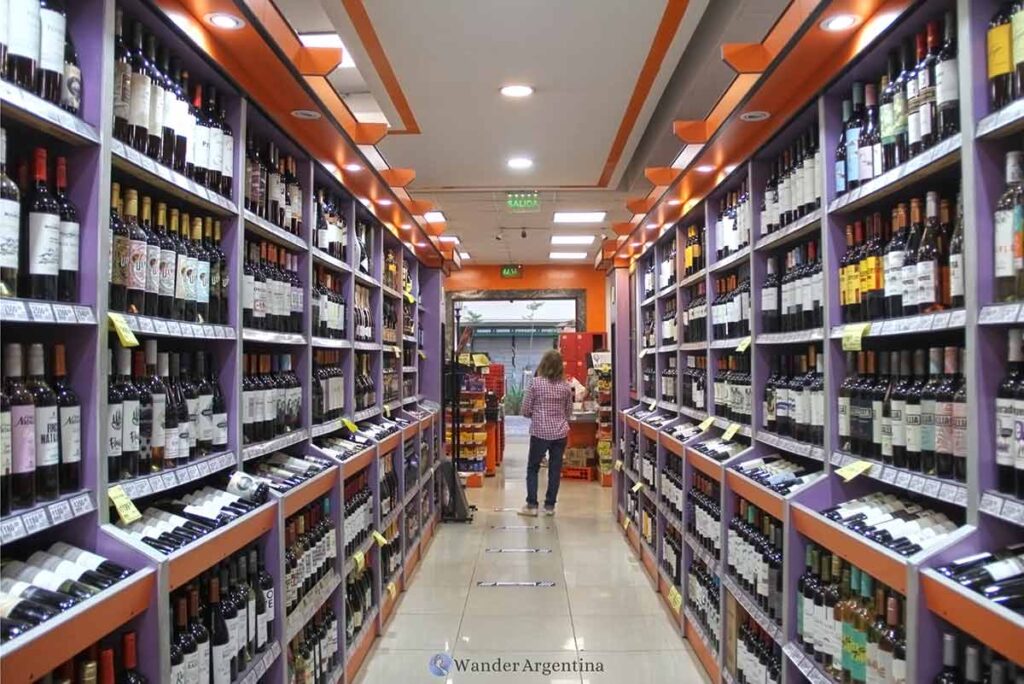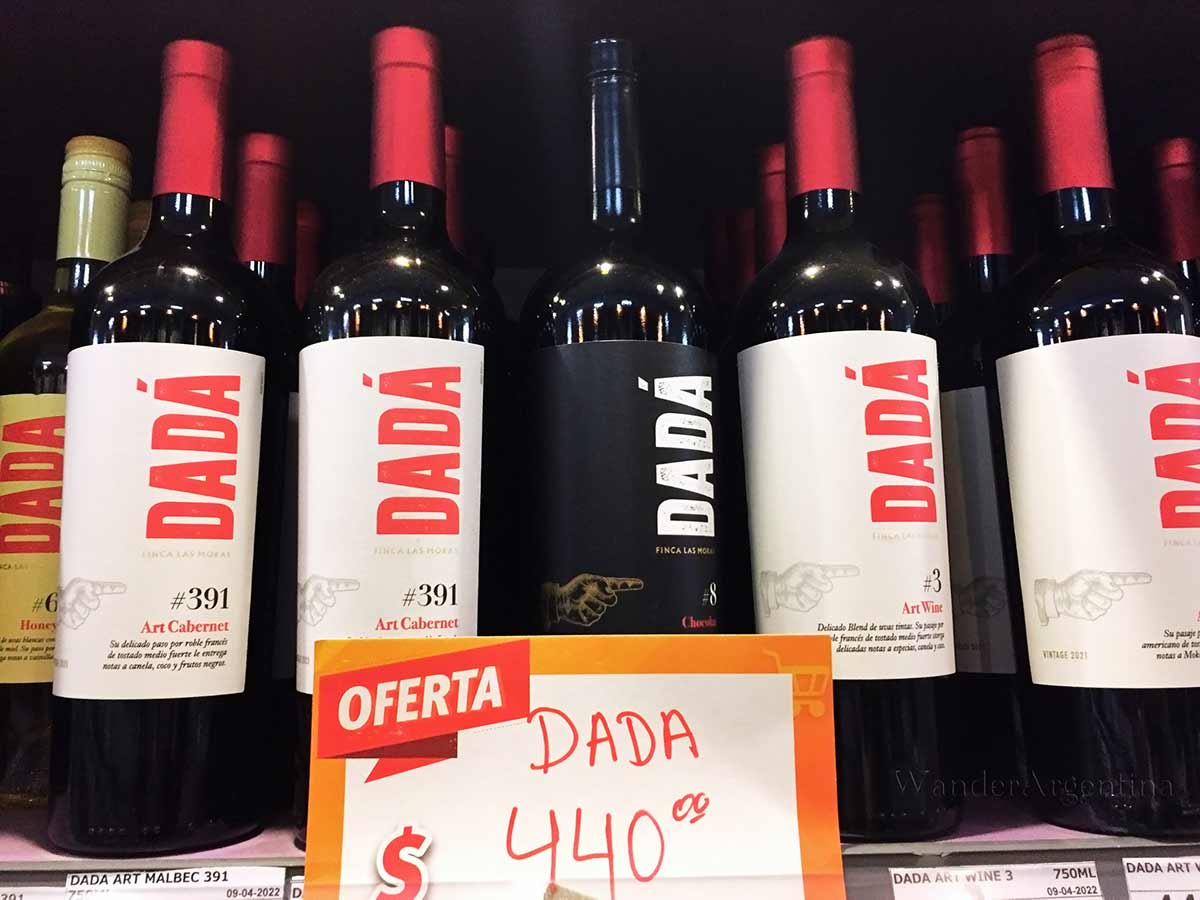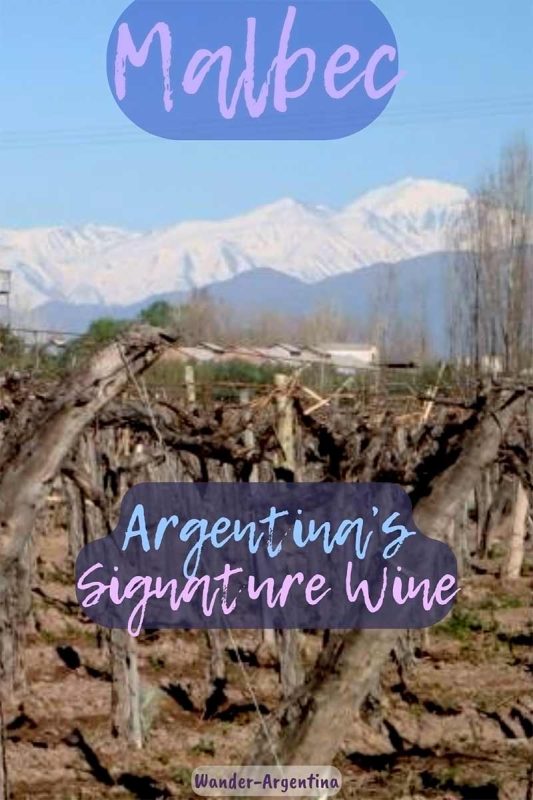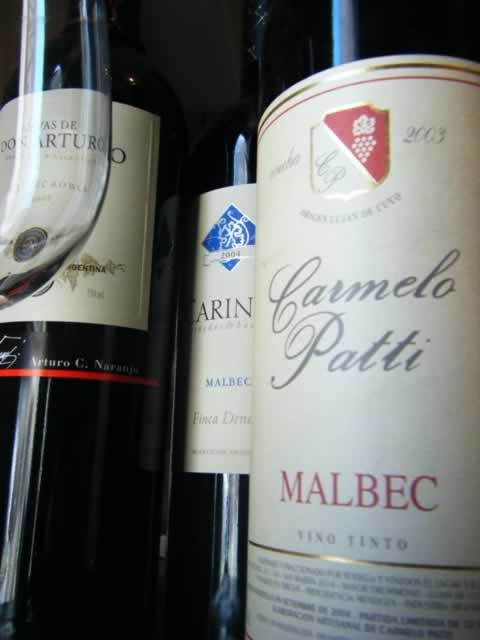You haven’t really been to Argentina unless you’ve enjoyed a glass of Malbec with a big juicy steak.

The ubiquitous Argentine nectar made from the deep purple Malbec grape had been around in France for centuries without gaining any real popularity on its own.
Although utilized somewhat in the southwest of France, under many different names and often as a blending variety, the name Malbec has never become synonymous with great French wines.
In fact, Malbec was rather looked down upon in France, and considered to have quite a bad smell.
Malbec’s French Origins
According to one story, this is where the name Malbec comes from — the term is a rough interpretation of the French word for ‘bad beak,’ or ‘bad nose.’
The problem turned out not to be the grape, however, but the climate in the French wine country.
This important fact was discovered in 1868 by Frenchman, Professor Pouet, who brought with him to Argentina a variety of vine cuts to try out on the American continent.
The Emergence of Argentina Malbec
This New World pioneer, and the other French, Italian, and Spanish immigrants who followed him, found that the dry, gray earth of the Mendoza plains which crept up the western base of the Andes mountain range was the perfect environment for the Malbec grape to thrive.
Not only is the area blessed with abundant sunlight all year round, it has a moderate climate and its own natural water supply – fresh snowmelt provided by the Andes themselves.
As spring settled over the white-clad peaks, the melting snow flowed in rivers down to the Uco Valley below; a natural irrigation system that was first harnessed centuries ago by the native Huarpes to water their crops.

Malbec Wine Tasting
in
Buenos Aires
The Spanish took this idea and improved on it, ingeniously installing a series of gates that were opened and closed at specific times during the day to control the flow of the river to the city and its surrounding farmlands through the canals.
This irrigation system, which is still used to this day, ensures a fair and even distribution of water to every vineyard in the district.

For most of the 20th century, Argentina mostly produced table-quality wine and had few exports. Locals traditionally mix this wine half and half with soda water to eat with dinner.
In the 1990s Argentina, serious enologists and winemakers began to explore new ways of producing wine in Argentina.
The quality and quantity of Malbec produced in the country have grown tremendously since then.

In 2021 Argentina’s wine exports hit a record high at almost 400 million liters, topping US$800 million in revenue.
Harnessing the Antioxidant Benefits of Malbec
Malbec is considered one of the ‘healthiest wines’ due to its high levels of resveratrol, apigenin, quercetin, and other antioxidants.

Malbec grapes have a particularly thick skin, which translates to higher health-boosting polyphenol levels.
Although the World Health Organization proclaimed in 2023 that no amount of alcohol consumption is safe, the health benefits of the components of red wine are well-documented in studies.
Resveratrol is shown to reduce the risk of heart disease, decrease inflammation in the body, and promote longevity and cognitive health with moderate consumption.
Malbec has been found to have higher antioxidant levels compared to most other popular red wine varieties, making it a favorable choice for health-conscious wine enthusiasts.
Malbec: Age, Aromas & Blends
The most popular wine in Argentina is rich and intense, generally dark ruby red in color, and is the perfect wine to enjoy in a steakhouse with any cut of beef – the staple diet in Argentina.

The aromas often include fresh fruits such as red or blackberries and plum, as well as earthier scents.
The taste of Malbecs is usually bold and spicy, with velvety smooth tannins.
Plums and other dark fruits usually make an appearance. Hints of coffee and chocolate in Malbec are not uncommon.
Malbec is a fresh, potent wine when young, but older Malbecs, especially when aged in French or American Oak, can be subtle and fragrant.
Malbec was made for the red meat-and-pasta-loving heart of every Argentine.
It’s a varietal that complements a good asado but also cozies up nicely to everything from the Argentina’s beloved pasta dishes to gamey Patagonian fowl.
Basically, if an Argentine is eating it, a little of this vino tinto can’t hurt.
In blended wines, Malbec is frequently combined with other popular Argentinean varieties, especially Cabernet Sauvignon, Syrah, and Bonarda.
Visitors to Argentina can find delicious unique Malbec blends they won’t be able to find at home for bargain prices.
—by Dan Colasimone;/ Cover photo: Ian L.
What makes Malbec wine unique?
Malbec wine is appreciated for its deep burgundy color and full body, rounded out by the flavor of dark fruits. It is Argentina’s signature wine.
Why is Malbec a popular choice among wine drinkers worldwide?
Malbec has gotten increased recognition as Argentina’s wine industry has grown. It is considered an excellent choice to accompany steak but can be paired with many dishes. It also tends to be a better value than European counterparts of similar varietals.
Is Malbec a healthy red wine?

Malbec wine, with its thick-skinned grape, boasts high levels of resveratrol, an antioxidant, making it heart-healthy and anti-inflammatory. Malbec has one of the highest levels of, surpassing Cabernet, Merlot, and Pinot Grigio by a wide margin.
Is Malbec exclusively produced in Argentina?
Not all Malbec is produced in Argentina but most of it is. The grape originated in France but is known for producing superior fruit in the sunny, dry climate of Argentina’s wine region, making Argentina a leader in Malbec production.
To learn more about Argentine wine including Malbec, check out this amazing and affordable wine tour while visiting Mendoza or book a delicious eight-course asado (barbeque) with all-you-can-drink wine as a primer while in Buenos Aires.
World Malbec Day
Raise a glass of Malbec every April 17, which is ‘Día Mundial del Malbec.’
It commemorates a pivotal day in Argentina’s wine history. In 1853 on April 17, President Domingo Faustino Sarmiento decided to revolutionize the Argentine wine industry.
That’s when he entrusted Professor Pouet to spearhead advanced wine production in Argentina, planting a variety of vines from France in Argentina.
World Malbec Day was established in 2011 as a savvy marketing effort by the Argentine wine industry to further boost its global position as the planet’s fifth-largest exporter of wine.
It’s a day to toast the success of Argentina’s Malbec.
Recommended Malbecs from Argentina:
For Malbec enthusiasts looking for a good bottle, here are some recommended wines as recommended by local sommeliers and discovered through extensive on-the-ground taste tests (the sacrifices we make for you! 😁)
Country-to-country pricing varies, but Argentine Malbecs are a steal domestically, despite their sometimes premium price tags abroad.
-High end
Catena Zapata Malbec Argentino 2018
Viña Cobos 2015 Cobos Chañares Vineyard Malbec
Bodega Catena Zapata 2015 Argentino Malbec (Argentina)
-Mid-range
Mi Terruño 2014 Mayacaba Malbec (Mendoza)
Salentein 2015 Single Vineyard La Pampa Estate Malbec (Uco Valley)
Tomaro Reserva 2014
-Low-cost
Finca La Malena Malbec 2015
Canoe Ridge The Expedition Malbec, Horse Heaven Hills 2015
Zorzal Malbec, Mendoza 2008
Arado Malbec 2019



1 thought on “Malbec: Argentina’s Signature Red Wine”
Comments are closed.